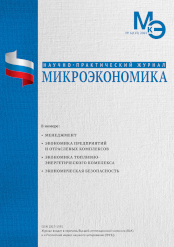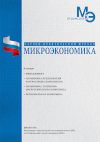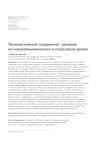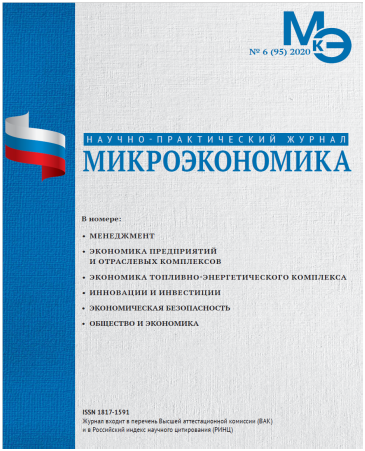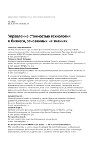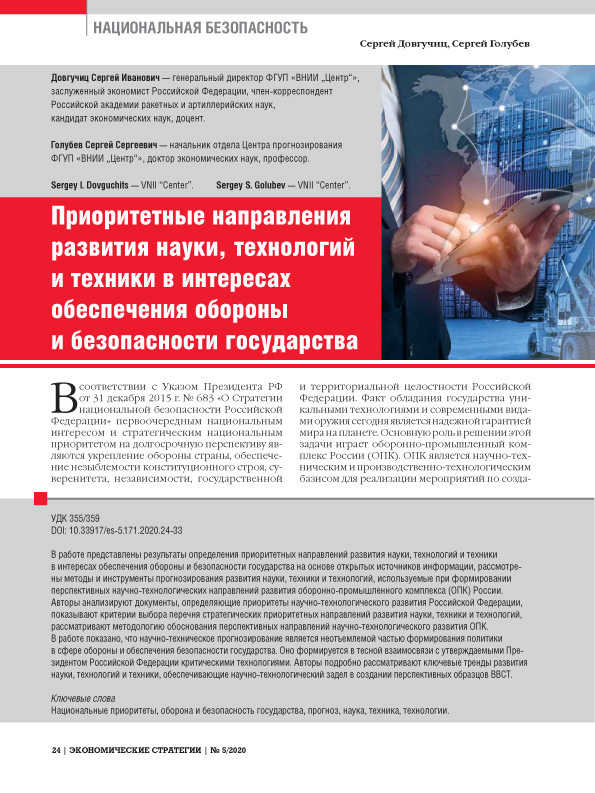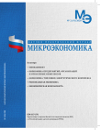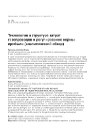Scientific and Technological Potential: Assessment and Monitoring
DOI: 10.33917/es-4.202.2025.86-97
The article analyzes socio-economic situation of workers in the mining industry (from 2019 to 2025) and identifies trends in transition from traditional to innovative tools in the personnel’s work activities. It was also discovered that introduction of artificial intelligence technologies helps to minimize the human factor and ensures maximum production ef ficiency.
The present article also examines transformation of the qualitative and quantitative characteristics of the mining industry representatives, their social consequences, in particular, the impact of mining work on psychophysical health.
The paper also studies development of a nonlinear algorithm with the help of ar tificial intelligence methods, including a neural network and cognitive modules, as a factor in transition from traditional to innovative tools in the work of mining personnel, having direct significance for humans.
References:
1. Anchishkin A.I. Nauka, tekhnika, ekonomika [Science, Technology, Economics]. Moscow, Ekonomika, 1986. 383 p.
2. Kheynman S.A. Nauchno-tekhnicheskaya revolyutsiya segodnya i zavtra [Scientific and Technological Revolution Today and Tomorrow]. Moscow, Politizdat, 1977, 328 p.
3. L’vov D.S. Effektivnoe upravlenie tekhnicheskim razvitiem [Effective Management of Technical Development]. Moscow, Ekonomika, 1990, 255 p.
4. L’vov D.S., Glaz’ev S.Yu. Teoreticheskie i prikladnye aspekty upravleniya NTP [Theoretical and Applied Aspects of Scientific and Technical Progress Management]. Ekonomika i matematicheskie metody, 1986, no 5, pp. 793–804.
5. Glaz’ev S.Yu. Teoriya dolgosrochnogo tekhniko-ekonomicheskogo razvitiya [Theory of Long-Term Technical and Economic Development]. Moscow, Vladar, 1993, 310 p.
6. Peres K. Tekhnologicheskie revolyutsii i finansovyy kapital. Dinamika puzyrey i periodov protsvetaniya [Technological Revolutions and Financial Capital. Dynamics of Bubbles and Periods of Prosperity]. Moscow, Delo, 2011, 232 p.
7. Dosi G. Technical Change and Industrial Transformation: The Patterns of Industrial Dynamics. Technical Change and Industrial Transformation. Palgrave Macmillan, London. 1984. 338 p.
8. Perez C. Structural change and assimilation of new technologies in the economic and social systems. Futures, 1983, vol. 4, no. 15, pp. 357–375.
9. Freeman C. Technology policy and economic performance: lessons from Japan. London, Pinter Publishers, 1987. 155 p.
10. Edler J., Blind K., Kroll H., Schubert T. Technology sovereignty as an emerging frame for innovation policy. Defining rationales, ends and means. Research Policy, vol. 52, iss. 6, 2023, 104765.
11. Erebak S., Turgut T. Anxiety about the speed of technological development: Effects on job insecurity, time estimation, and automation level preference. The Journal of High Technology Management Research, vol. 32, iss. 2, 2021, 100419.
12. Eum W., Lee J-D. The co-evolution of production and technological capabilities during industrial development. Structural Change and Economic Dynamics, vol. 63, 2022, pp. 454–469.








